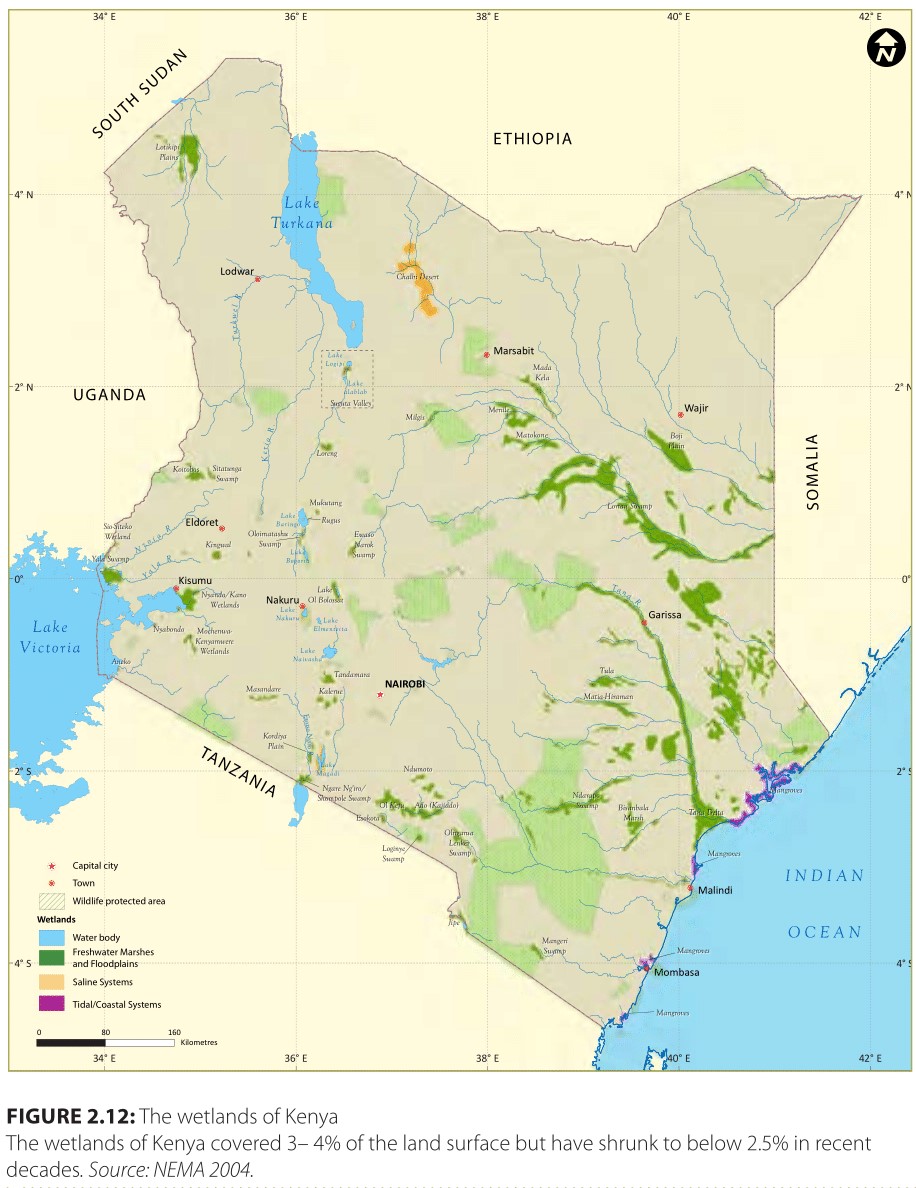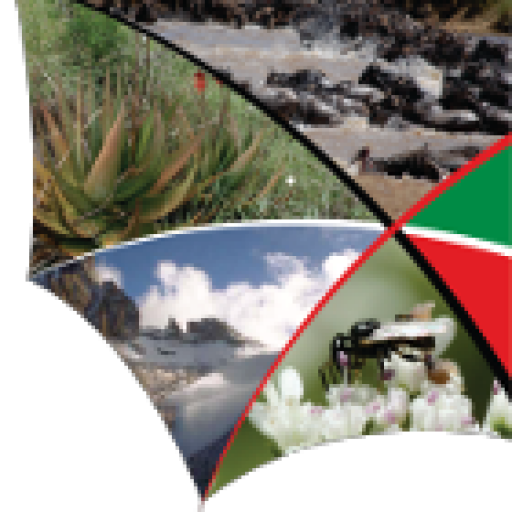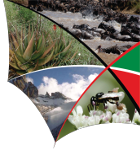Wetlands
Wetlands are defined as ‘areas of land that are permanently, seasonally or occasionally waterlogged with fresh, saline, brackish or marine waters, including both natural and manmade areas that support plants and animals’ (National Wetlands Standing Committee of the Inter-Ministerial Committee on Environment—GoK 2008). This definition includes swamps, marshes, bogs, shallow lakes, ox-bow lakes, dams, river meanders and floodplains, as well as riverbanks, lakeshores and seashores where wetland plants grow. The definition covers marine and intertidal wetlands such as deltas, estuaries, mud flats, mangroves, salt marshes, seagrass beds and shallow reefs.
Wetlands cover 3–4 per cent of the land area of Kenya. The size and composition of wetlands formerly varied with climate, expanding greatly in wet periods and contracting in dry periods. In recent decades the impact of human activity has played a far larger role than climate. Wetlands have been drained for farming and settlement, waters have been diverted for irrigation, domestic and urban use, and dams built to harness flows and generate hydroelectric power. Wetlands, like forests, are among the most vulnerable of ecosystems to human transformation due to their freshwater storage capacity. More than any other ecosystem, wetlands are vulnerable to pollution by toxic chemicals, pesticides and fertilizers. In some respects, human activity has created new wetlands, although on a far smaller scale than the natural wetlands lost. So, for example, dams and reservoirs retain large volumes of water that gradually infill with sediments and create local wetlands. The Mwea irrigated rice scheme has created a large, if relatively impoverished, wetland.



